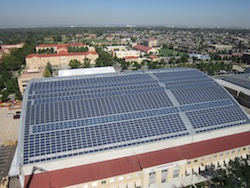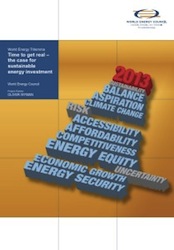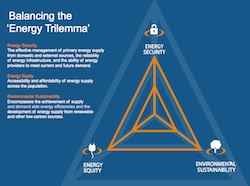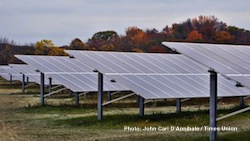 One of the knocks about trying to turn fatty wastes into biodiesel is the use of sulfuric acid to aid in the esterification process to remove the free fatty acids (FFAs) that appear in high quantities in low quality oils. But researchers at Wake Forest and Virginia Tech universities have found a sugar-based alternative to sulfuric acid to improve the esterification process.
One of the knocks about trying to turn fatty wastes into biodiesel is the use of sulfuric acid to aid in the esterification process to remove the free fatty acids (FFAs) that appear in high quantities in low quality oils. But researchers at Wake Forest and Virginia Tech universities have found a sugar-based alternative to sulfuric acid to improve the esterification process.
It is inexpensive, environmentally friendly and easy to filter out from produced biodiesel. “Unlike liquid sulfuric acid which has to be neutralized over a long period of time, our catalyst is a solid and can be separated relatively easily,” says Brian Hanson, a chemist at Virginia Tech who worked on the project.
From a commercial standpoint, this new catalyst could reduce costs by as much as 15 percent for a small-scale biodiesel production facility, according to a feasibility study conducted by Wake Forest University Schools of Business. While more research needs to be done to test the viability of the catalyst on a larger scale outside of the lab, it could one day help to make sewer waste and used oil waste affordable sources of fuel.
“Where this will make a lot of commercial sense in the near term will be in the developing world or on an island,” says Dan Fogel, an executive professor of strategy at the Wake Forest Schools of Business. “In these kinds of places, energy costs can be as much as 50 cents a kilowatt hour. Here in Winston-Salem you pay around 11 or 12 cents per kilowatt hour.”
“Right now, you and I actually pay companies to come and dispose of sewer and used oil waste,” says Abdou Lachgar, a professor of chemistry at Wake Forest University and the project’s lead researcher. “What we want to do is to take the fat out of that waste and convert it to energy.”
The researchers believe that existing biodiesel plants can be retrofitted to use the new catalyst.










